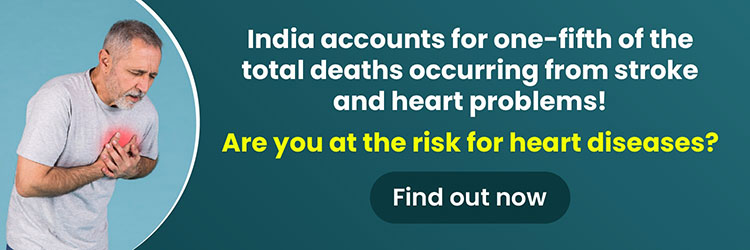Sticky Cholesterol And Its Impact On Heart Health
- 13 months ago
We've heard about "good" and "bad" cholesterol, understood the importance of maintaining healthy levels, and learned about its impact on heart health. However, there's another aspect of cholesterol that deserves attention: sticky cholesterol.
Cholesterol is a fatty substance found in the blood, crucial for the body's normal functioning. However, when levels of certain types of cholesterol become imbalanced, it can lead to various health issues, particularly concerning the heart.
Sticky cholesterol refers to a form of low-density lipoprotein (LDL) cholesterol that becomes oxidized and adheres to the walls of arteries, forming plaque. This plaque buildup can narrow and harden the arteries, a condition known as atherosclerosis, which significantly increases the risk of heart disease, heart attack, and stroke.
Symptoms of Increased Cholesterol
Elevated cholesterol levels often do not cause noticeable symptoms in the early stages. However, as cholesterol accumulates in the arteries, it can lead to atherosclerosis, which may manifest in the following symptoms:
- Chest Pain: Reduced blood flow to the heart muscle due to narrowed arteries can cause chest pain or discomfort, typically during physical exertion or stress. This symptom is indicative of underlying heart disease.
- Shortness of Breath: Narrowed arteries limit the supply of oxygen-rich blood to the heart, leading to shortness of breath, particularly during physical activity or exertion.
- Leg Pain: Reduced blood flow to the legs due to peripheral artery disease (a type of atherosclerosis affecting the arteries in the legs) can cause cramping, pain, or weakness in the legs, especially during exercise.
- Heart Attack: A sudden blockage of a coronary artery by a blood clot formed over a ruptured plaque can lead to a heart attack. Symptoms may include chest pain or discomfort, shortness of breath, nausea, vomiting, lightheadedness, or discomfort in the arms, back, neck, jaw, or stomach.
- Stroke: If a plaque ruptures in an artery supplying blood to the brain or if a blood clot formed elsewhere travels to the brain, it can cause a stroke. Symptoms may include sudden numbness or weakness in the face, arm, or leg (especially on one side of the body), confusion, trouble speaking or understanding speech, difficulty walking, dizziness, or severe headache.

Impact on Heart Health
The accumulation of sticky cholesterol in the arteries poses a significant threat to heart health. As plaque builds up, it restricts blood flow to the heart muscle, reducing the oxygen and nutrients it receives. It can lead to chest pain (angina), and if a plaque ruptures, it can trigger the formation of blood clots, which may block blood flow completely, resulting in a heart attack. Moreover, sticky cholesterol can also affect other vital organs by impeding blood flow to the brain, increasing the risk of stroke.
Related Article: What Does Your Cholesterol Ratio Say?

Managing Sticky Cholesterol
- Healthy Diet: Focus on a diet rich in fruits, vegetables, whole grains, lean proteins, and healthy fats. Minimize intake of processed foods, saturated and trans fats, and excess sugars. Incorporate foods high in soluble fiber, such as oats, beans, and legumes, which can help lower LDL cholesterol levels.
- Regular Exercise: Engage in regular physical activity to help maintain a healthy weight, lower LDL cholesterol, and improve cardiovascular fitness. Try to get in at least 150 minutes a week of moderate intensity including cycling, swimming, or brisk walking.
- Smoking Cessation: Quit smoking and avoid exposure to secondhand smoke, as smoking accelerates the progression of atherosclerosis and increases the risk of heart disease and stroke.
- Medication: In some cases, medication may be necessary to manage cholesterol levels effectively. Statins, bile acid sequestrants, PCSK9 inhibitors, and other cholesterol-lowering medications may be prescribed, depending on individual risk factors and cholesterol levels.
- Regular Monitoring: Periodic lipid profiles and cardiovascular assessments are essential for monitoring progress and adjusting treatment plans as needed. It allows for early detection of any changes in cholesterol levels and prompt intervention to prevent complications.
Also Check: Ayurvedic Home Remedies To Lower Cholesterol And Triglyceride Levels

Conclusion
Sticky cholesterol presents a formidable challenge to heart health, highlighting the importance of proactive measures to prevent its adverse effects. By recognizing the symptoms of increased cholesterol and adopting a heart-healthy lifestyle, individuals can effectively manage cholesterol levels and reduce the risk of cardiovascular disease. Understanding the role of sticky cholesterol empowers individuals to take control of their heart health and make informed decisions to safeguard their well-being.









